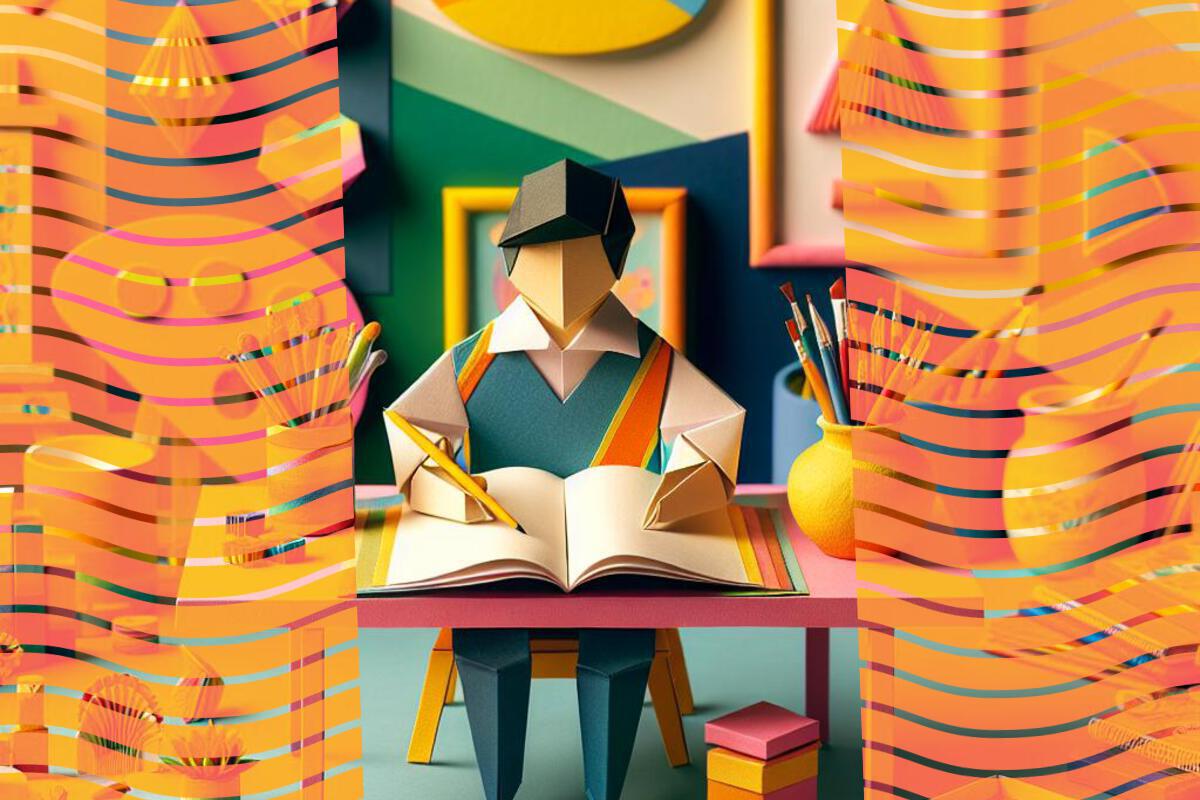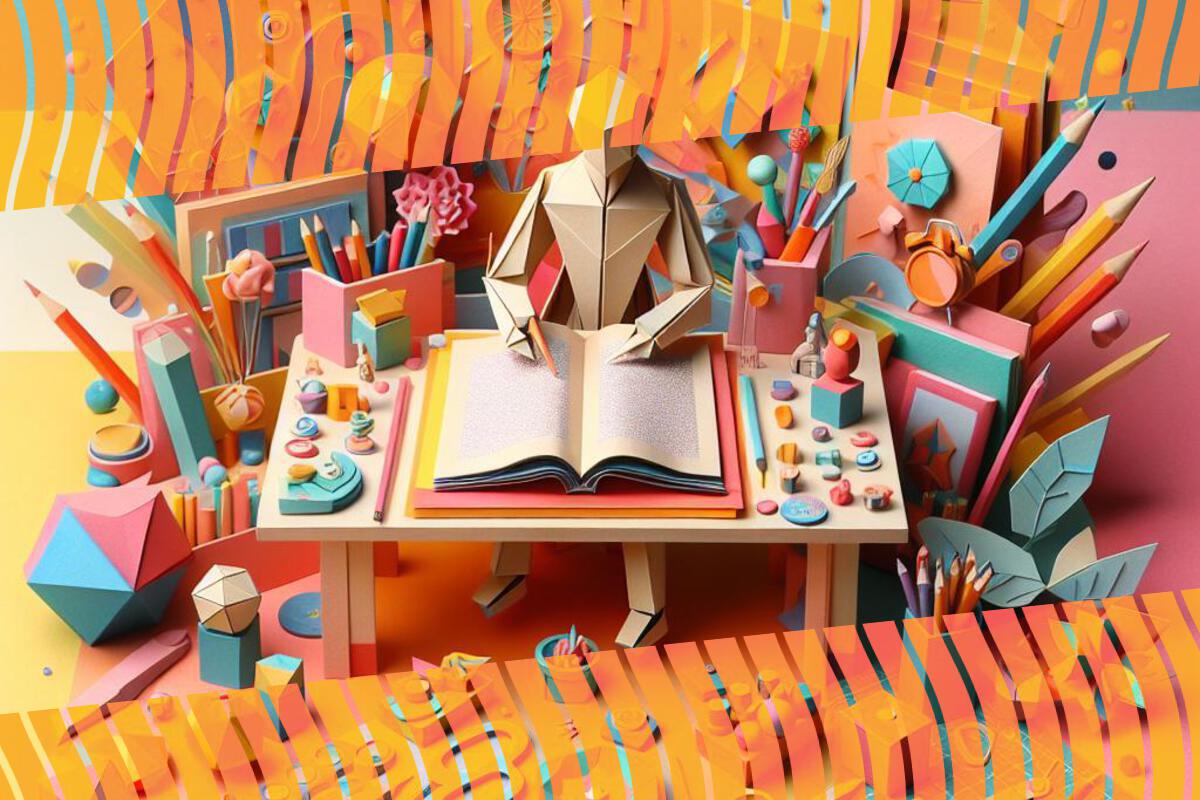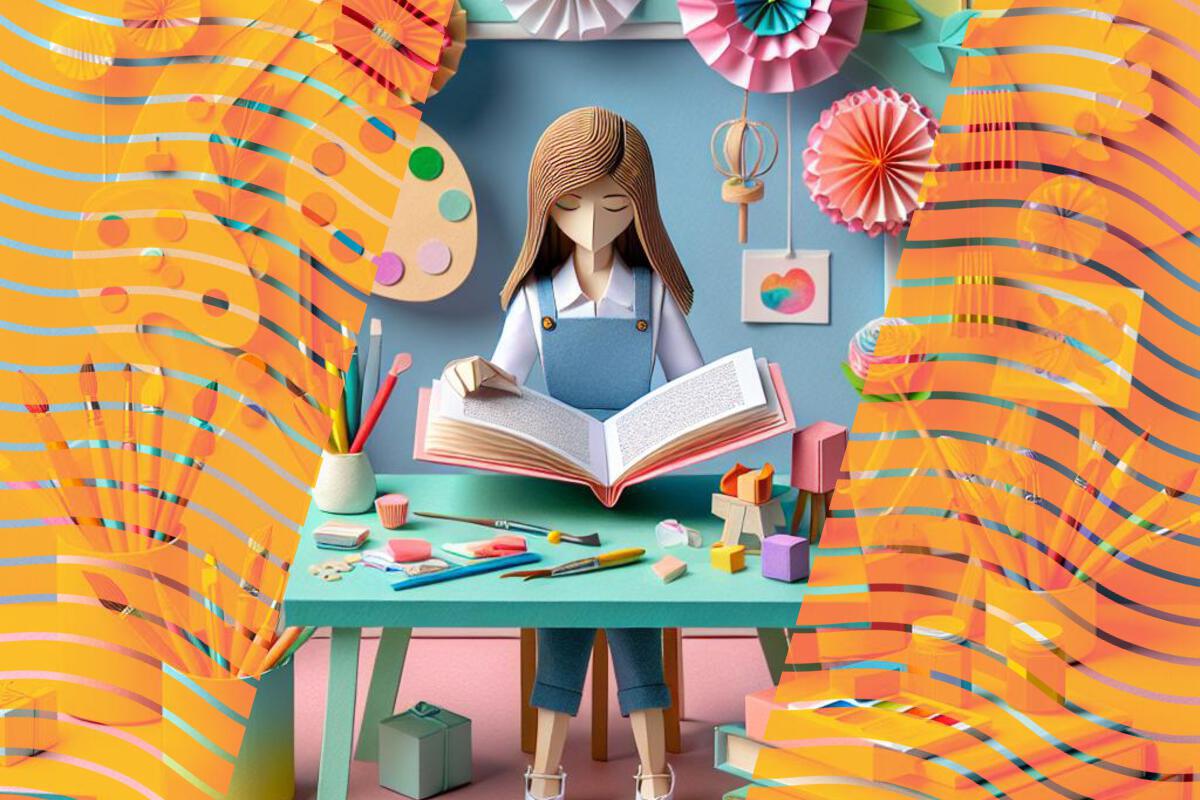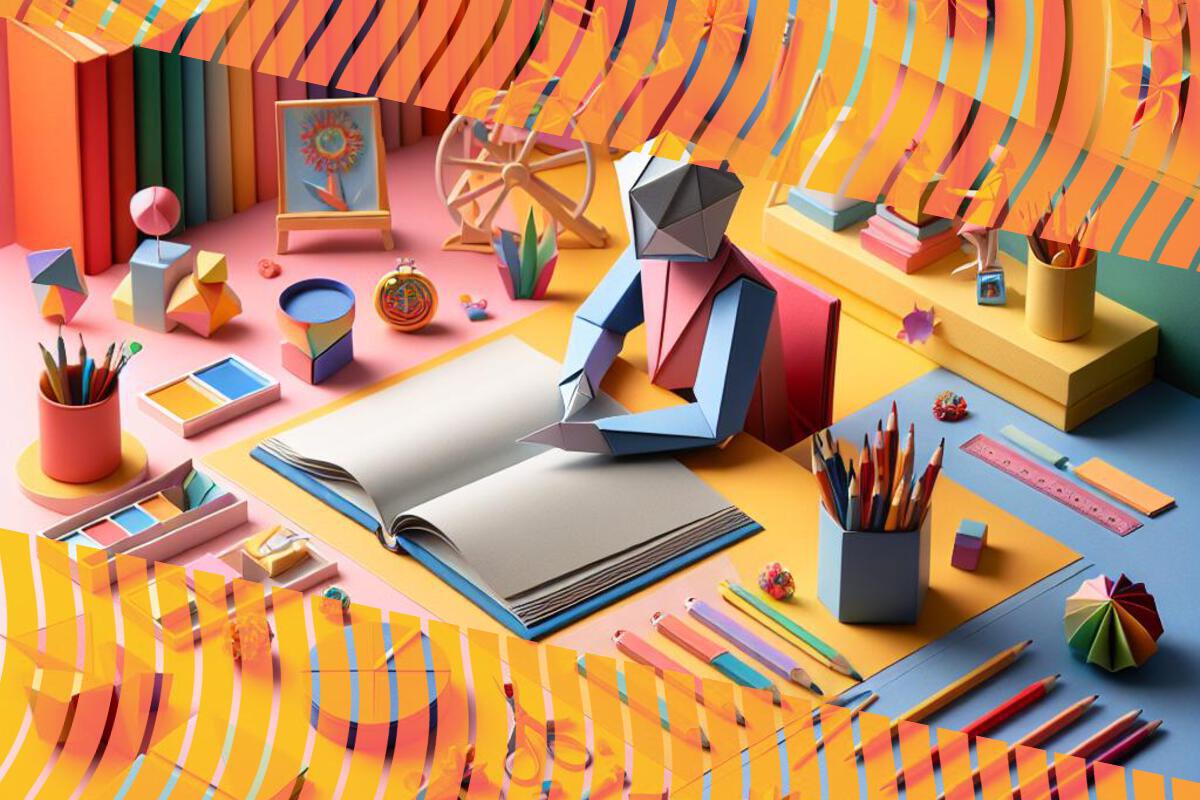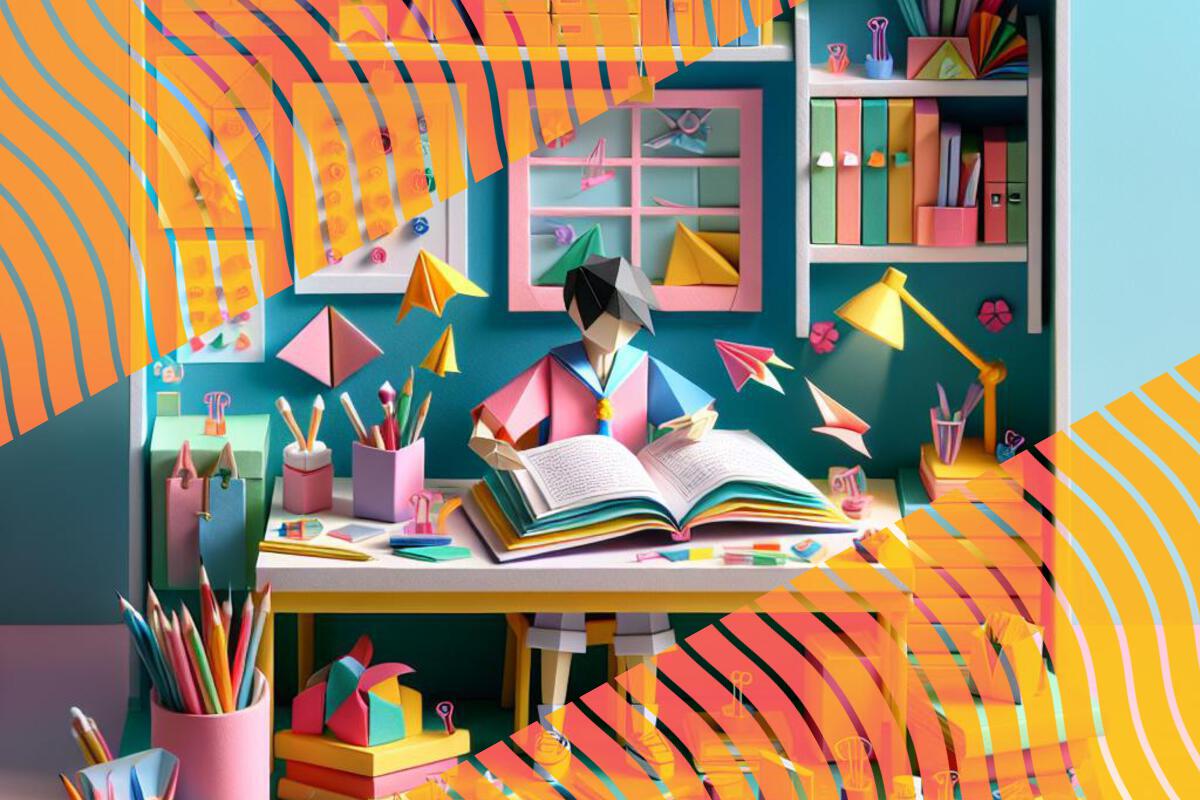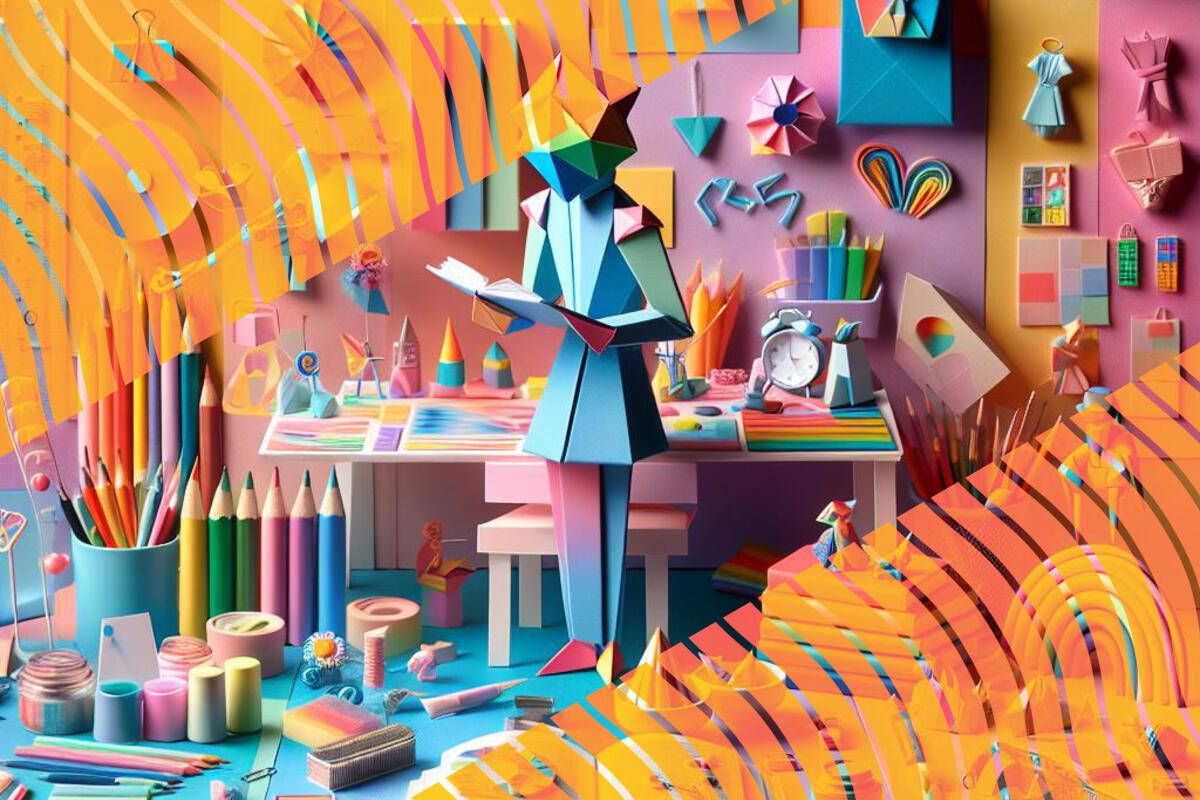What are the views of art students?
Students in this art course generally feel they have a significant amount of freedom to explore their creativity, which is a positive aspect of the programme. However, this lack of structure can sometimes lead to feelings of uncertainty and disorganisation.
Tutors are often praised for being supportive and friendly, but some students do not always receive adequate guidance or feedback on their work. Technical workshops are seen as valuable opportunities for skill-building, but it is felt that there could be more regular sessions throughout the year.
The course's non-modular structure is viewed as a double-edged sword. While it allows students to explore concepts and research freely, developing specific skills or knowledge can be challenging. Some students feel they would benefit from more regular lectures or technical instruction, particularly in art history.
Students appreciate the well-advertised opportunities to engage with arts organisations outside of the university, but some feel that these experiences could be better integrated into the course itself. There is also a sense that the university's facilities and equipment are not always used to their full potential, partly due to inadequate student induction processes.
The impact of COVID-19 on the course has been significant, with many students feeling that they missed out on valuable educational experiences and opportunities during this time. There is a perception that the university could have done more to mitigate these effects or provide compensation.
Some students feel that their mental health and well-being are not being adequately supported, particularly in terms of work-life balance. The course's emphasis on individual practice can sometimes make it difficult for students to disconnect from their work or seek help when needed.
Overall, while students value the creative freedom offered by this art course, they also crave more structure, guidance, and support to help them navigate their studies and develop their skills effectively.

